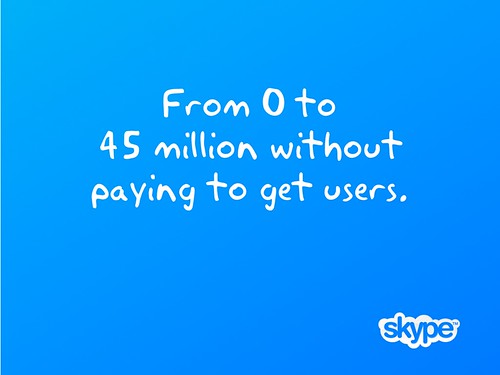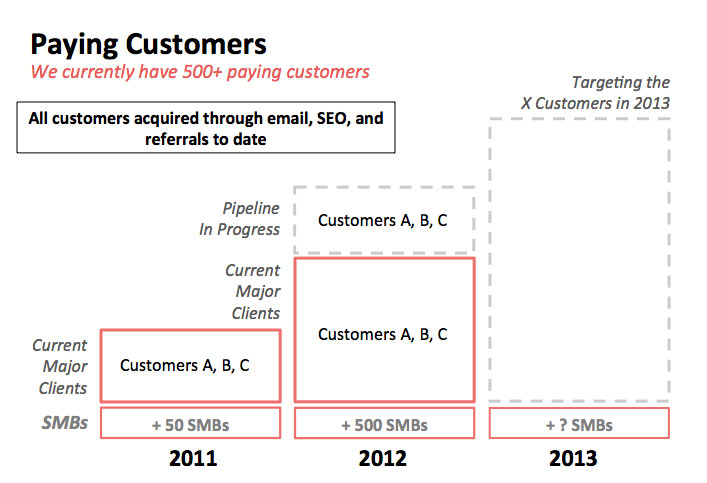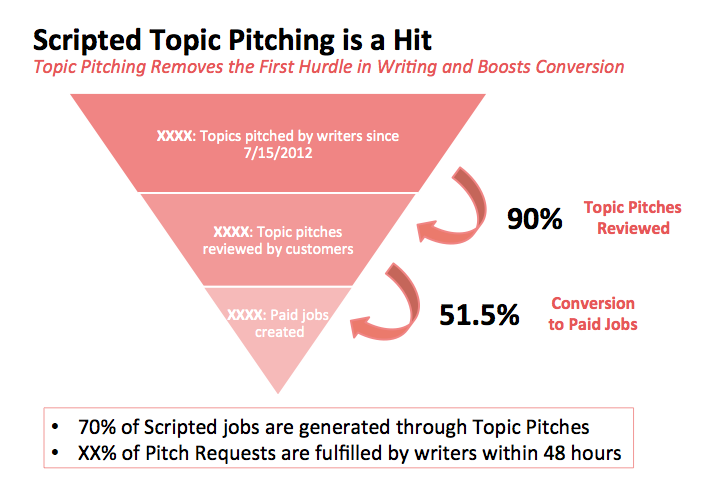Question: What advice would you give a CEO launching or expanding in a brand new region? (one tip)
Lead With Media
“I have the honor of doing CEO branding for several CEO’s, and I would advise a CEO to lead with media. Hire a public relations professional that can immediately get you on local TV, newspapers or radio, as this will add to your credibility locally and put you on fertile ground.”
Are Your Legal Bases Covered?
“Check with your attorney to make sure you are not triggering any additional legal requirements. For example, many cities and states require a company to register if they are “doing business” in the jurisdiction. You need to notify your legal counsel so you can determine whether your new business activities trigger any additional legal requirements.”
Add a Local on Your Team
“Unless you have lived in the region you’re launching in for years, you need someone local who knows both the area and the culture. Even regional cultures can be different than what you’re used to, and you want a launch to go smoothly. Even bringing in a consultant can help dramatically.”
Research the Region
“I would recommend doing research on the region and on the culture of the region. I would also recommend doing market research on the area. Become knowledgeable about the type of consumers you will encounter and their buying habits, as well as what works from a marketing/advertising/public relations standpoint.”
Draft a Local Strategy
“Go in with a strategy if you’re in a new region. If you have a client or group of clients in the area, then have them take you around and show you who they interact with. Join them – they have a local view into the community.”
Market Makers Make Good Friends
“Make friends with the market makers — the people who know and influence everyone. They set the tone for a product or service and can make or break your business. Make fans of them, and they’ll do much of the work for you.”
Join Startup America!
“The best all-around resource for startup founders is Startup America. Sign up online (s.co), connect to startups in your new region, and attend local Startup America events. It just works — I met my top mentors and co-founders this way.”
Build Your Personal Brand
“As a leader, you need to build your personal brand so you can effectively launch your new business. You will need new relationships, partnerships and clients to build your company. A solid brand will attract more of these than anything else.”
Speak at Local Events
“Early on, find a conference or event you can speak at to create fans, customers, and a following of your product or service. Seeing someone out-of-state coming to speak about their expertise bolsters credibility at events.”
Go on a Listening Tour
“Too often, an upstart company enters a new region with too much bravado. You’re entering somebody else’s community, so get to know the people — key business leaders, industry reps, and potential customers in the region. Don’t go in trying to sell, but work on listening. Set a tone that shows how you want to become part of their community. Build the relationships and the money will follow.”
Call In the Experts
“Expanding to a new region is never as simple as “Take what we did before and repeat.” Find experts in the region who can help you translate your product to the new environment. The smartest move is to find those who know the local customer sentiment, regulatory environment, real estate market, and have insights into the local talent pool.”
Keep Uncompromising Focus
“Stick to your core competency and do what you do best. It’s usually a mistake to vary your formula for success when moving into a new market. Build your brand on what you’re known for, using the killer skills that made you successful to begin with.”
Be Prepared to Test
“After making sure your new regional website is catered toward your new demographic, it’s important to quickly figure out what works for you in that particular market. Split-testing is priceless, since there can be culture and/or language differences that you and your team don’t completely comprehend first-hand. Move things around, try different language tones, swap out images, etc.”
The Young Entrepreneur Council (YEC) is an invite-only organization comprised of the world’s most promising young entrepreneurs. In partnership with Citi, the YEC recently launched #StartupLab, a free virtual mentorship program that helps millions of entrepreneurs start and grow businesses via live video chats, an expert content library and email lessons.
Check out this awesome post by Neil Thanedar “Do you want to build a startup or a small business?”
Image: Earth






















